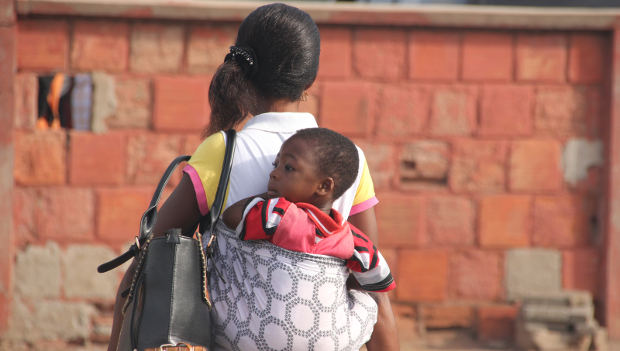As back pain becomes a global issue, what care should be avoided?

The Lancet Low Back Pain Series revealed what isn’t working in wealthier nations, writes Dr. Dan Cherkin. Low- and middle-income countries may take note.
by Daniel Cherkin, PhD, senior investigator (emeritus) at Kaiser Permanente Washington Health Research Institute
Now that I’m not working full-time anymore, I’ve had a chance to reflect on the research I’ve done on chronic low back pain — and to try to gain some perspective. I’m also enjoying having more time to travel with my family. So it was not just an honor but also serendipitous for me to be asked to join the seven-person steering committee for the The Lancet Low Back Pain Series Working Group, which has a global focus. We gathered what is known in the field, including the limited information about back pain from research in lower-income countries. The Working Group includes 31 first-rate back pain researchers from around the world, albeit mostly from high-income countries.
The resulting series of three papers in The Lancet warns that years lived with disability caused by low back pain have risen by more than 50 percent since 1990 — particularly in low- and middle-income countries (LMICs). And disability related to low back pain is projected to keep increasing most in these same countries — worsened by lifestyle changes and more sedentary work for some people. Meanwhile, resources and access to quality health care are limited in LMICs.
Care for back pain is too often expensive, ineffective, and even harmful.
Of course, it would be inappropriate for us in high-income countries to tell people in LMICs what to do. But we can provide some guidance about what not to do. We back pain researchers feel strongly that LMICs should avoid emulating the wealthier countries, where care for back pain is too often expensive, ineffective, and even harmful.
Action is urged
The series urges global organizations such as the World Health Organization to take action to try to reduce the effects of disabling back pain, which are costly and on the rise. For LMICs, a big challenge will be to stop using or avoid adopting harmful practices — like chronic opioid therapy and needless surgery — while ensuring access to effective and affordable health care for people with low back pain. One way to avoid harmful and useless treatments is to include treatments in public reimbursement packages only if evidence shows that they are safe, effective, and cost-effective.
As the series describes, back pain is complex — and intertwined with psychological, social, and biophysical factors, as well as personal and cultural beliefs about back pain. Back pain research to date has come almost exclusively from high-income countries, and it’s not known how useful guidelines based on this evidence would be for LMICs. We need more research, particularly into how best to prevent the normal experience of low back pain from becoming disabling and subjected to ineffective, costly, and/or harmful medical treatments. And we also need a shift of thinking toward positive health: the ability to adapt and self-manage in the face of social, physical, and emotional challenges, including back pain.
There’s a paradox: Improving social and economic conditions are of course good for people — and could prevent or reduce the incidence of low back pain. But they also risk creating demand for medical imaging and low-value health care that raise the risk for long-term back-related disability.
Learn more
You can learn more from the series, which consists of a comment, two articles, and a viewpoint:
- Low back pain: a major global challenge
- What low back pain is and why we need to pay attention
- Prevention and treatment of low back pain: evidence, challenges, and promising directions
- Low back pain: a call for action
Learn more about Kaiser Permanente Washington Health Research Institute. Sign up for our free monthly newsletter.


